
What are the 3 Pillars of Corporate Sustainability?
In this article, we'll explore what the 3 pillars of corporate responsibility are, why they're important, and how businesses can turn them into practical action.
ESG / CSR
Industries
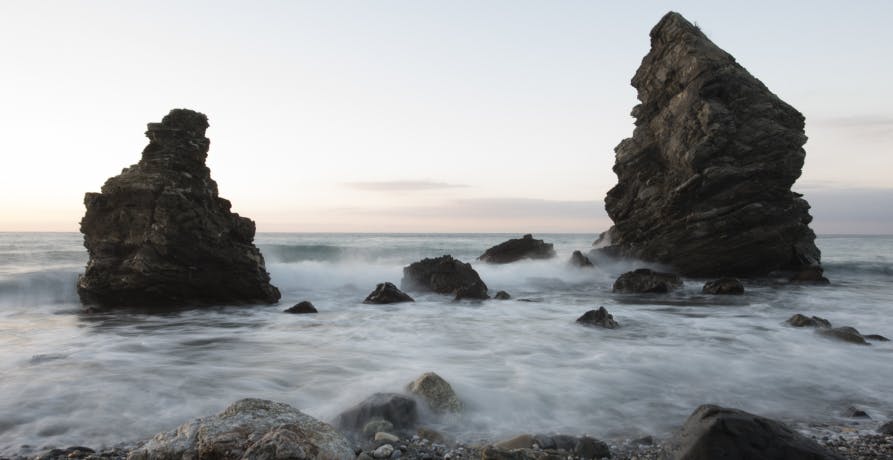


Carbon emissions continue to be on the rise, despite the newfound awareness of climate change. Luckily, new technologies like carbon capture and storage can help companies to remove carbon dioxide directly from the source of activity and prevent emissions from ever harming the planet.
However, carbon capture and storage isn’t the only way to keep carbon dioxide emissions from polluting the atmosphere – there’s also carbon sequestration.
In this article, we'll explain what carbon sequestration is, how it works, and how is it different from carbon capture and storage.
Carbon sequestration refers to the process of capturing carbon dioxide from the atmosphere, and then storing it deep underground so that it never has the chance to pollute the planet.
There are a lot of different substances that can pollute the atmosphere, but carbon dioxide remains the greenhouse gas most often emitted – making it a priority amongst the planet to get the production and release of carbon dioxide emissions into the atmosphere under. One way to do that is with carbon sequestration.
💡 Carbon sequestration is one of two well-known ways to prevent carbon dioxide from entering the atmosphere – with the other popular method being carbon capture and storage.
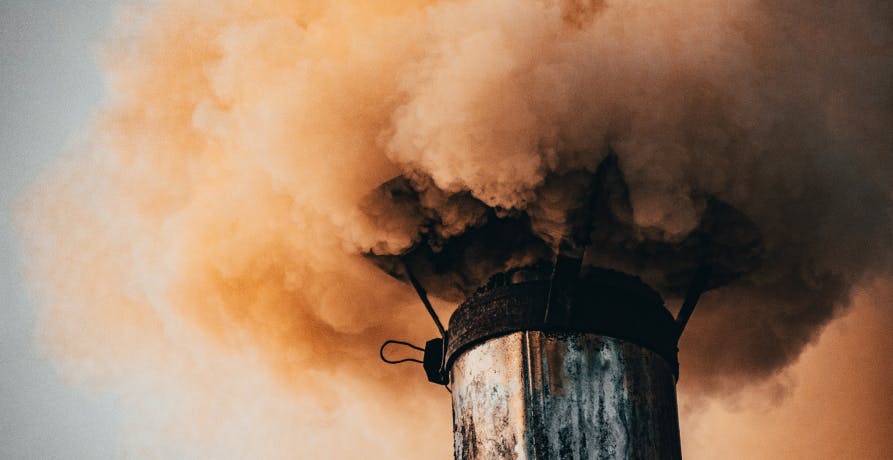
Carbon sequestration works differently depending on which method of carbon sequestration is used. There are two main types of carbon sequestration – geologic carbon sequestration and biologic carbon sequestration.
Geologic carbon sequestration refers to storing carbon dioxide through the use of geologic formations, meaning that the carbon dioxide is put under pressure until it turns into a liquid state so that it can then be injected into rocks.
A benefit of geologic carbon sequestration is that it can also help oil flow more easily and prevent oil from blocking the wells deep within rock surfaces. Biologic carbon sequestration on the other hand is the process of storing captured carbon dioxide in various biological reservoirs: such as vegetation, soil, and aquatic environments.
A plus to using biologic carbon sequestration is it can help to encourage the growth of plants, such as large trees, to grow more efficiently and effectively through the additional source of carbon dioxide provided to them. The larger these trees grow, the more carbon dioxide they can help to remove from the atmosphere over time, as well. This is why reforestation is a common carbon offsetting project for companies seeking to compensate for the carbon emission they have already produced.
Through the process of either geologic or biologic carbon sequestration, carbon dioxide is stored in either a liquid or solid state – and is beneficial in prevent excessive missions.
👉 However, carbon sequestration may raise the question of its effectiveness in comparison to carbon capture and storage systems – are they both just as successful in mitigating climate change?
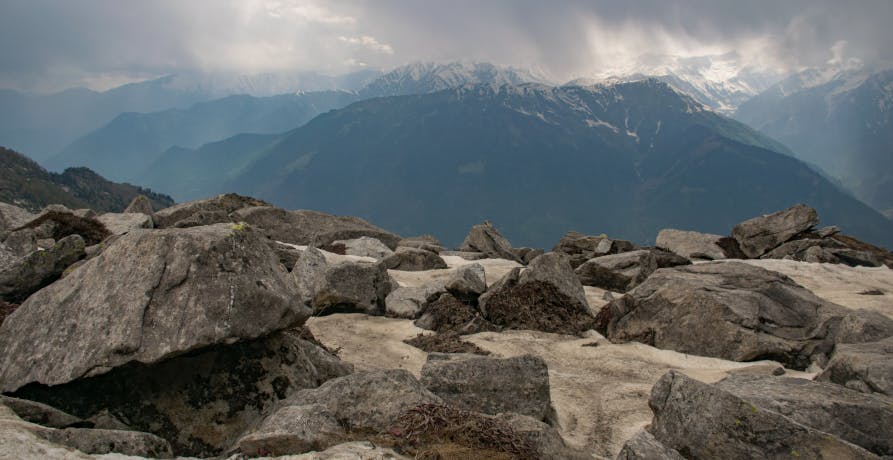
Given their similarity, carbon sequestration and carbon capture and storage are often interchanged, and while both of them can help to fight against climate change – they aren’t exactly the same, as carbon capture and refers to removing carbon dioxide from the atmosphere whereas carbon sequestration refers to actually storing the carbon away underground so it can no longer contribute to air pollution.
This way, a line of production can prevent pollution even before it occurs. In this process, where the carbon capture and storage system acts as a vacuum cleaning up dirt in the atmosphere – the carbon captured is then transported, where it gets stored deep underground in order to prevent it from ever polluting the planet. This step in carbon capture and storage is often referred to as carbon sequestration.
Most people merely call this process, “carbon capture” when in reality – they are leaving out the vital part that allows the planet to be protected from the carbon dioxide captured: the “storage” part of carbon capture and storage.
Sometimes, the carbon dioxide captured with carbon capture and storage systems is then transported to a facility where the carbon dioxide is stored for later use – such as the need to be used in soda bottles as method of “re-using” carbon dioxide and preventing the need to produce more. Therefore, this serves as the main difference between carbon capture and carbon sequestration – as carbon capture may allow the carbon dioxide to be reused, whereas the carbon dioxide retrieved for carbon sequestration is meant to be permanently stored deep underground.
This is because carbon sequestration is the process of storing carbon dioxide for a long period of time, without the intention of it to be reused in the future.
👉 Ultimately, while carbon capture and storage refers to the entire process of capturing carbon dioxide emissions from the source of industrialization whereas carbon sequestration is simply the process of storing said carbon dioxide – both can prove useful in the fight against climate change.

Carbon sequestration is clearly beneficial for the environment, as it can prevent carbon dioxide from ever entering the atmosphere and further polluting the planet. However, the benefits of carbon sequestration expand beyond this initial prevention of carbon dioxide escaping into the air – as carbon sequestration provides a wide variety of benefits to forests, which in turn can directly help to remove even more carbon emissions over time.
The benefits of this type of carbon sequestration include forest longevity, increased natural carbon sequestration, improved air quality, help with flood control and reduce the risk of erosion, prevent forests from turning into barren, desert land, and last but not least: carbon sequestration can help forests to provide more reliable, renewable resources for the population. Biologic carbon sequestration can help to cultivate a thriving forest, which can in turn help to protect biodiversity in the surrounding areas and provide plentiful amounts of everyday pleasures and medicinal materials: such as mushrooms, honey and maple syrup, berries, and medical plants. Biodiversity has a direct impact on climate change, meaning that a well-functioning forest thanks to the help of biologic carbon sequestration – can make a huge difference in reducing emissions.
There’s a colloquial saying that in order to mitigate climate change, the answer is to plant a million trees – as all of the trees can combat the carbon dioxide emissions currently in the air by soaking those excess emissions up.
💡 However, it is more beneficial to pay attention to the existing trees on the Earth – as if the health of those trees is maintained, it can allow those trees to grow bigger, stronger, healthier, and ultimately soak up more emissions than several newly planted trees.
There are other types of carbon sequestration in the works that could also help to reduce emissions over the long-term. For instance, a proposed method of carbon sequestration is ocean sequestration – where carbon dioxide would be injected into the ocean in order to create carbon dioxide bodies of water. In theory, these carbon dioxide lakes or oceans could help absorb excess carbon dioxide over time due to the water’s pressure and temperature. Therefore, one of the overarching benefits of carbon sequestration is that science can help to develop novel ways and places to store carbon dioxide to make it even more effective in reducing emissions over time.
👉 Ultimately, carbon sequestration is viewed as beneficial as it can help to safely store produced carbon dioxide and prevent those emissions from causing an uptick in an already large, global carbon footprint created by human activity.
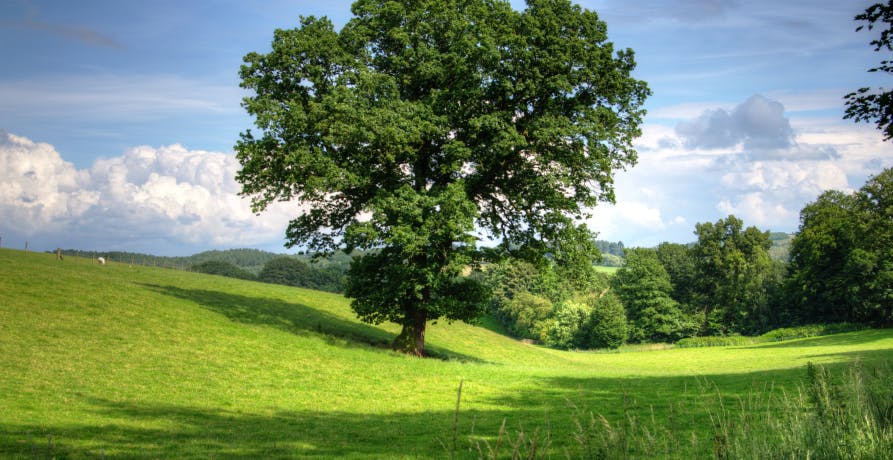
Carbon sequestration is a viable method to fight against climate change – by storing carbon dioxide deep underground before it is emitted into the atmosphere, so that it can no longer cause damage to the environment.
First off, carbon sequestration is expensive – which, similar to carbon capture and storage system, can deter businesses from taking the plunge and investing in carbon sequestration. Second, carbon sequestration is an energy intensive process and can sometimes call for the use of finite resources, such as coal – which counteracts the initial benefit of preventing excessive carbon emissions. Methods of carbon sequestration such as geologic and biologic carbon sequestration require the carbon dioxide to first be transformed into a liquid or solid state before being injected into the ground – which also requires an abundant amount of energy.
Carbon sequestration is commonly used and generally safe, however, it is important to note that if carbon sequestration isn’t executed thoroughly – it could cause catastrophic repercussions. A failure to properly inject carbon dioxide into rocks, underground, or the ocean could create a gas leak – and the carbon dioxide would remain closer to the air than the intended land area it was meant to be injected into.
Think of carbon sequestration as the last free-throw shot in a basketball game. If the shot is made, the end-result is amazing – but if it’s done wrong, it could result in undesirable and even harmful events to follow.
The other major disadvantage of carbon sequestration is that while science can help carbon sequestration to become more effective with new technologies and developments over time, many of the proposed ideas are still not fully fleshed out – and could cause more environmental damage if done incorrectly.
For instance, if ocean sequestration is not executed well – it can cause bodies of water to become too acidic and ultimately harm aquatic life. If marine life is put in danger, so will the surrounding biodiversity, and ultimately – climate change will continue to be aggravated.
The final concern regarding carbon sequestration is what will happen to the stored carbon dioxide after they die. Although storing carbon dioxide in trees can be beneficial, it is a possibility that they will emit carbon dioxide as they decompose.
👉 There are several pros and cons of carbon sequestration, but there is only one question that really matters: if it is useful in the fight against climate change.
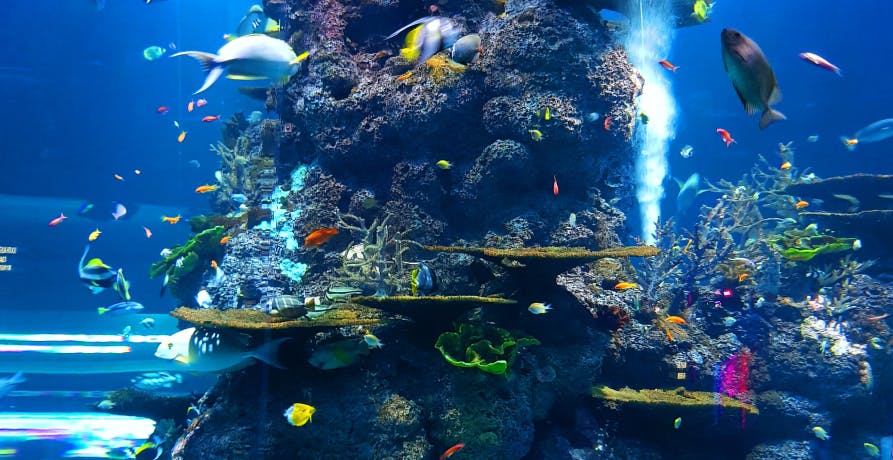
Carbon sequestration can be a helpful tool in the fight against climate change.
However, similar to carbon capture and storage systems – it should not be viewed as a replacement for implementing sustainable business practices or working towards reducing emissions from the source. In other words, while carbon sequestration can aid in making progress towards environmental targets such as achieving net-zero emissions – it should not be viewed as an excuse to continue emitting a high rate of carbon dioxide or greenhouse gasses.
💡 Methods like carbon sequestration and carbon capture and storage should be seen as a supplement, but not the main course of action to fight against climate change.
If reading this article on what carbon sequestration is and how it works has made you interested in reducing your carbon emissions to further fight against climate change – Greenly can help you!
At Greenly we can help you to assess your company’s carbon footprint, and then give you the tools you need to cut down on emissions. We offer a free demo for you to better understand our platform and all that it has to offer – including assistance with boosting supplier engagement, personalized assistance, and new ways to involve your employees.
Click here to learn more about Greenly and how we can help you reduce your carbon footprint.